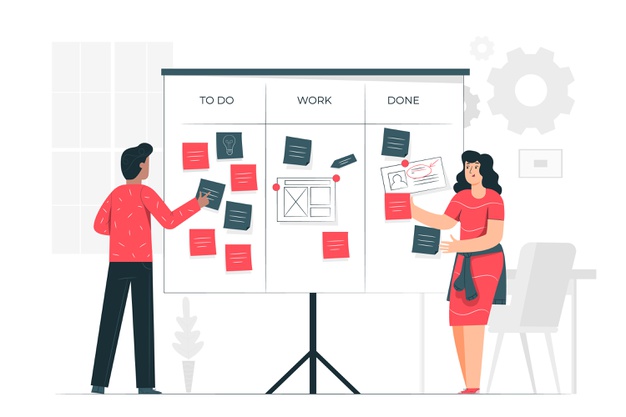
Project Management Software:
The Challenge of Sharing Project Information Across the Project, the Enterprise, and Beyond
Distributed project teams, monitoring of project health, systems integration, shared interactive access to project information across an expanded enterprise these are the buzzwords and media topics of 21st-century project management.
More and more, projects and teams have become geographically dispersed. An increasing number of executives and other stakeholders want to be informed of a project’s status and health in real-time without wading through lengthy reports. Partners, customers, and other stakeholders outside an organization also expect to be kept in the loop on a constant basis. This requires a comprehensive means of managing and communicating project information.
Many different tools are being used for managing projects, even within one organization from different brands of scheduling tools to different enterprise systems. Every organization’s project management toolset is different. To meet the challenge of sharing project information, a single point of access is needed through which information from different systems can be shared and easily accessed. For wide deployment, especially to external project participants and distributed teams, this is most easily offered using browser-based technology.
Many companies have relied on their intranets, extranets, and the Internet as the architectures for collaborating, managing work, disseminating data, and making decisions. Effective project management requires a more focused, specialized solution.
Project portals have come to the forefront as a means of centralizing information that provides all project participants with a secure, Web-based environment that they can use to collaborate, access project information, and stay up-to-date on project status. Project portals can dramatically improve communications within project teams and raise project visibility to stakeholders, suppliers, and customers.
Portals are also used to integrate disparate data or applications and make it widely available in a format that is most relevant to each type of user. Using a role-based approach, the same core data can be displayed in a detailed format for the project manager, a high-level summary for the executive, or graphical format (such as traffic light indicators and Gantt charts) for the team members. Specific information can also be exposed to other stakeholders and provide a compelling experience for clients who want to access up-to-date information.



